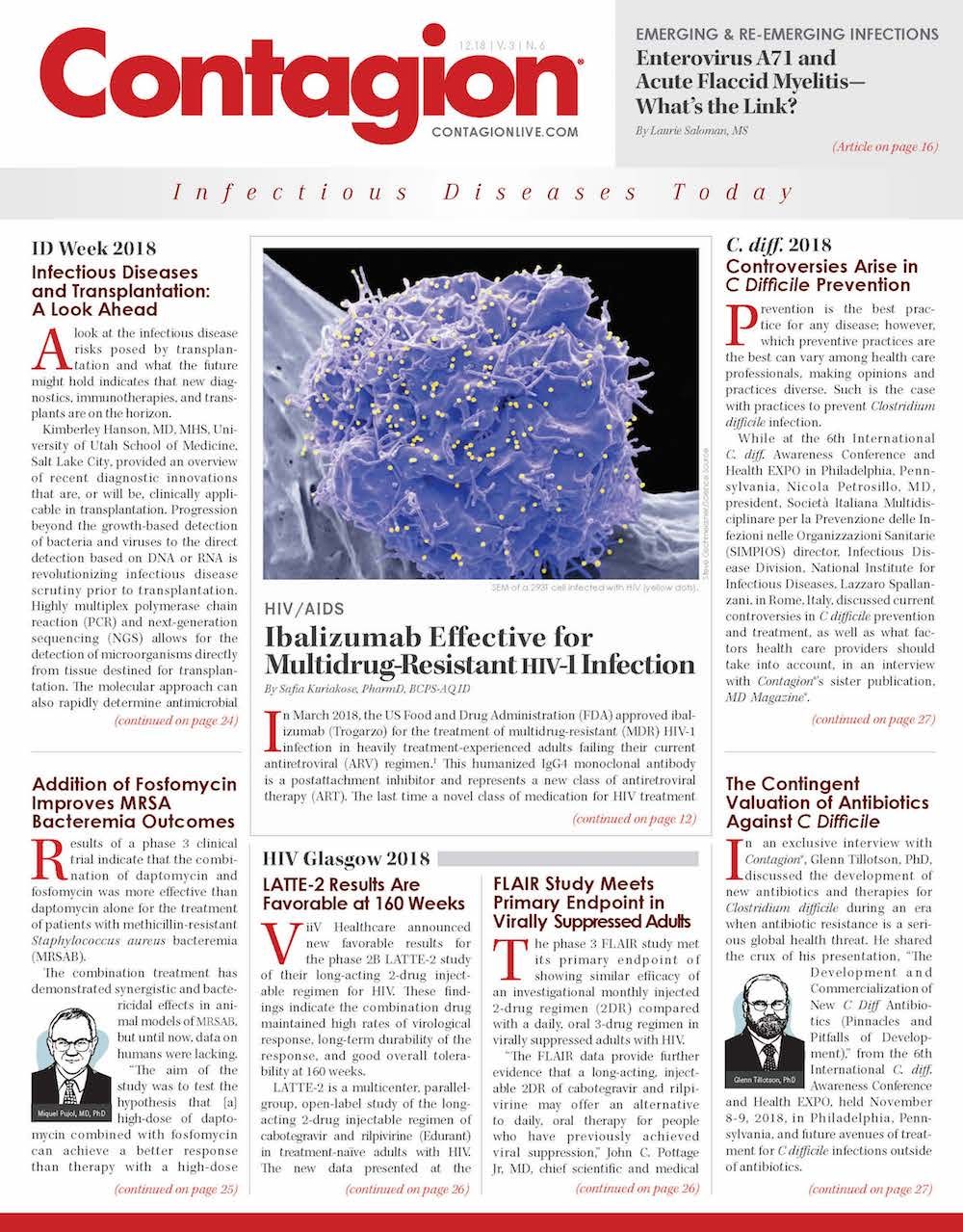Controversies in C Difficile Prevention
Nicola Petrosillo, MD, discusses current controversies in C difficile prevention and treatment.
Prevention is the best practice for any disease; however, which preventive practices are the “best” can vary among health care professionals, making opinions and practices diverse. Such is the case with practices to prevent Clostridium difficile infection.
While at the 6th International C diff Awareness Conference and Health EXPO in Philadelphia, Pennsylvania, Nicola Petrosillo, MD, president, Società Italiana Multidisciplinare per la Prevenzione delle Infezioni nelle Organizzazioni Sanitarie (SIMPIOS) director, Infectious Disease Division, National Institute for Infectious Diseases, “Lazzaro Spallanzani,” in Rome, Italy, discussed current controversies in C difficile prevention and treatment, as well as what factors health care providers should take into account, in an interview with Contagion®’s sister publication, MD Magazine®.
According to Dr. Petrosillo, there are a few points in infection control procedures that are controversial. One of them is how long the patient should be isolated in contact isolation after the end of diarrhea. “The guideline says 48 hours,” Dr. Petrosillo explained. “That’s okay, because after 48 hours, there is no more diarrhea and no more risk for spread of spores in the environment because there is no diarrhea.”
However, the spores can survive up to 4 weeks after the end of diarrhea, and so this practice is risky in some settings where the patients are very sick and have a lot of comorbidities. If they acquire this infection, they can have an increased risk mortality.
“I think that we should consider this measure of 48 hours as very flexible, depending on the setting and patient being treated,” Dr. Petrosillo said. “In some cases, we should [consider] contact isolation for the [entire] stay in the hospital. In some particular cases, it may be needed in order to avoid the spread to other patients.
The second point that is controversial, according to Dr. Petrosillo, is the screening of asymptomatic carriers. “[The] guideline says that asymptomatic carriers should be screened, because otherwise, we do not know what to do with them. What should we treat, what should we not treat? Should we put them in contact isolation? This is constant; this is difficult to manage.”
Results from several studies indicate that for immunocompromised patients, like those who have undergone a bone marrow transplant or elderly people in long-term care facilities, screening of asymptomatic carriers was effective in reducing the rate of C difficile infection in particular conditions, [such as] in outbreak settings and patients with high risk for C difficile infection, he said.
“We should be more flexible and try to understand which patients should be screened: when they are asymptomatic, of course; when they are admitted to the hospital; and which patients and in which settings," Dr. Petrosillo concluded.

